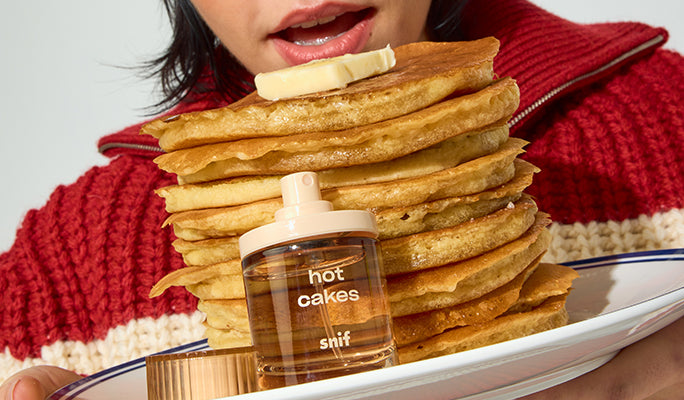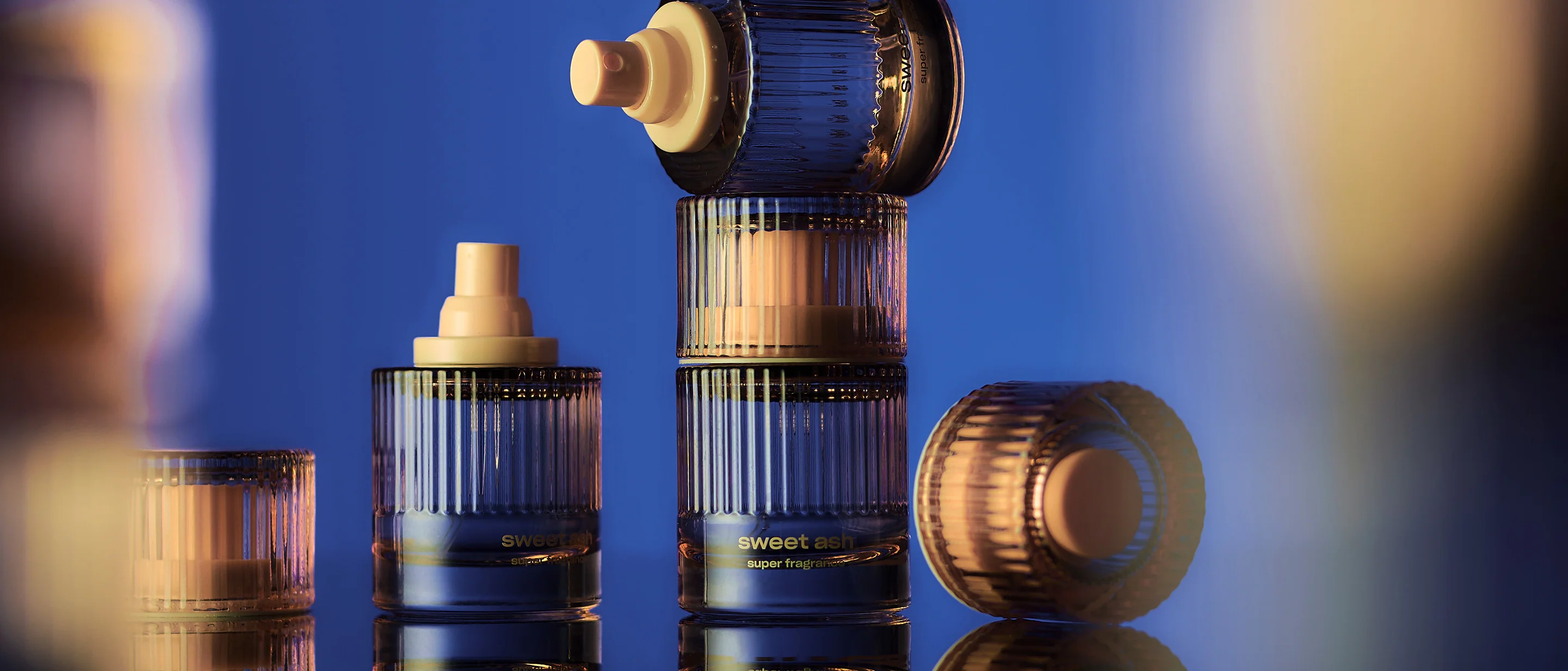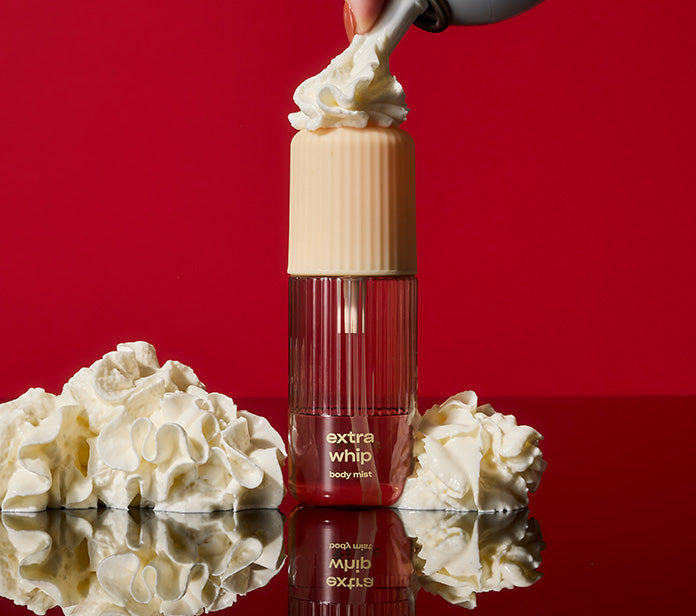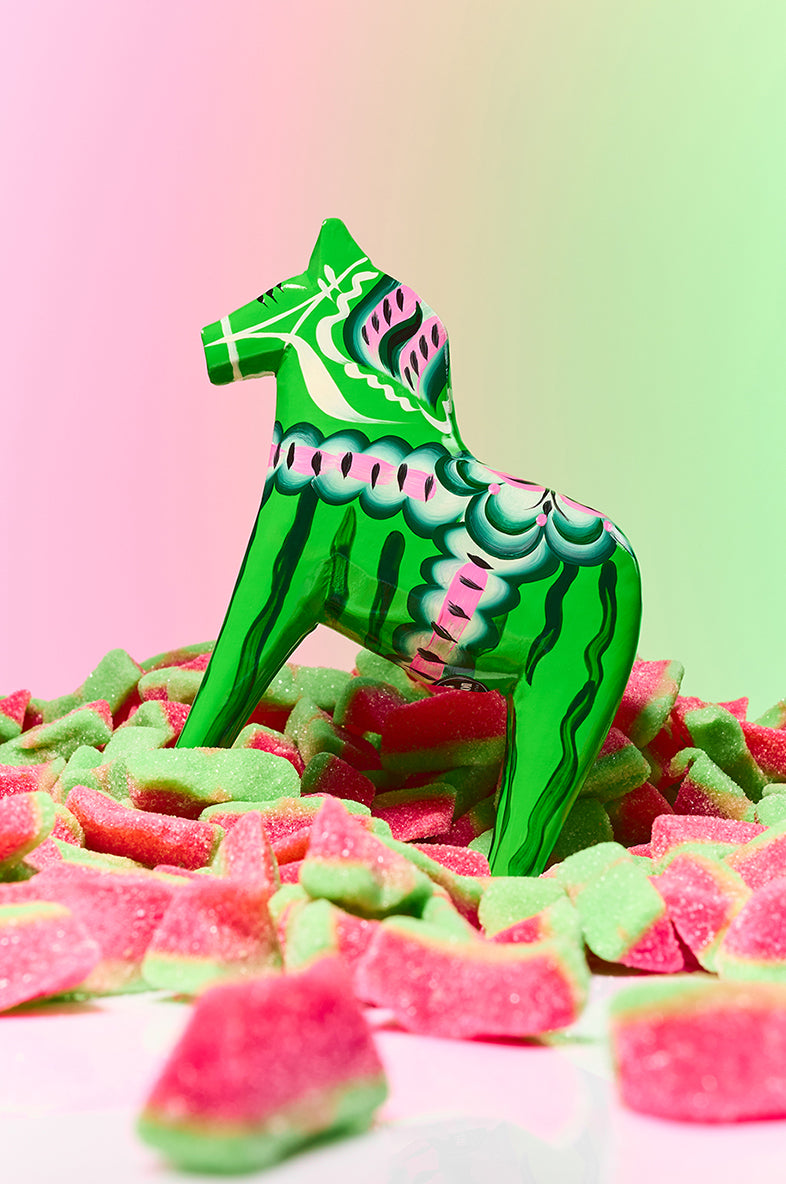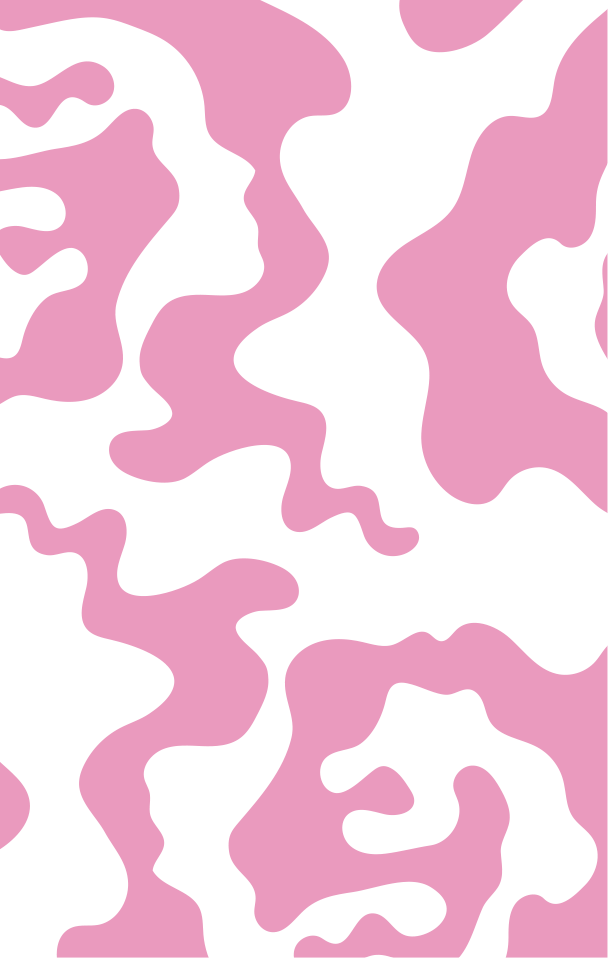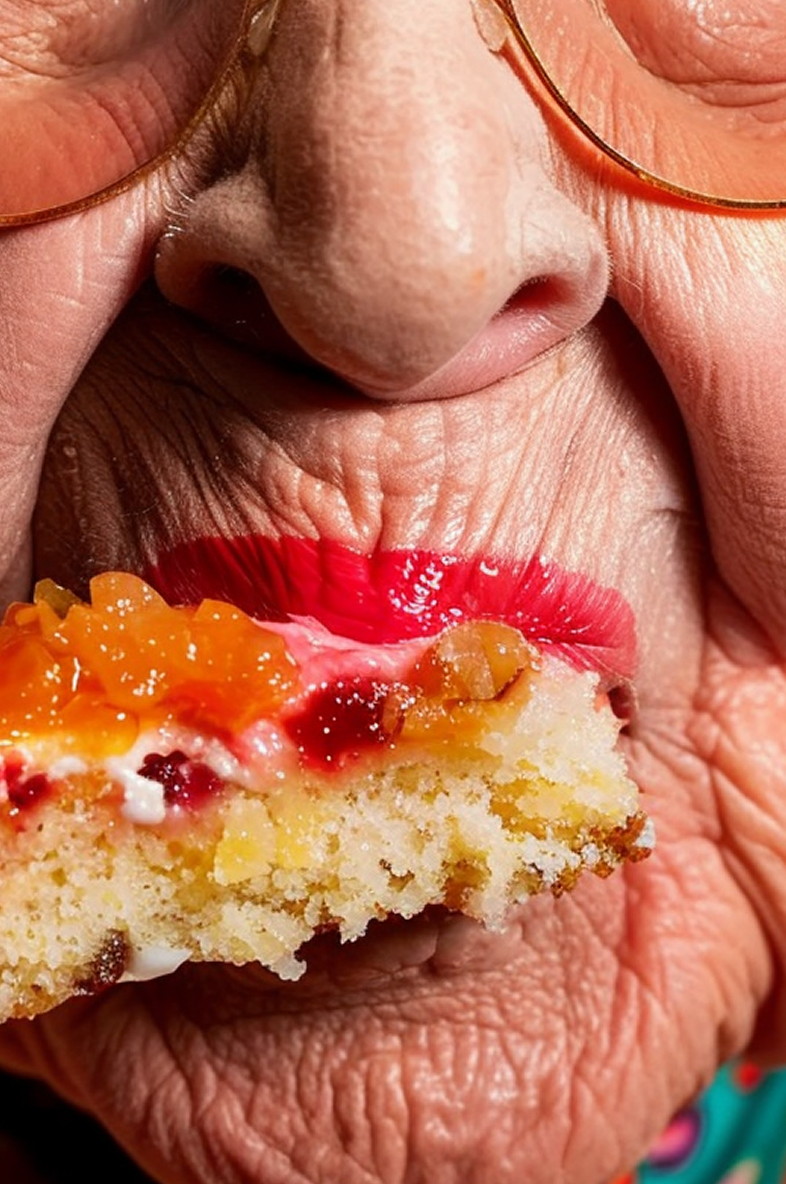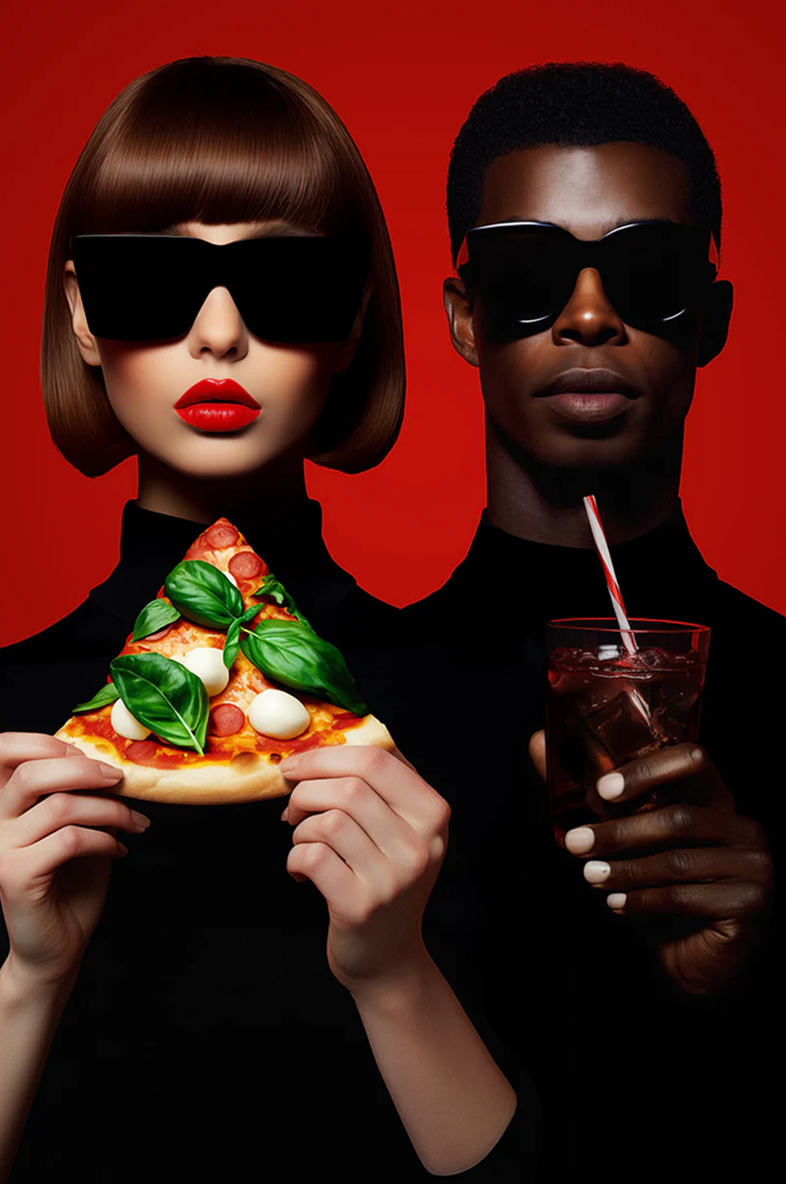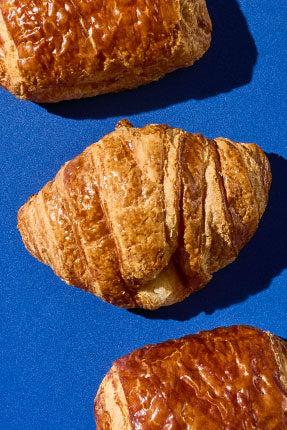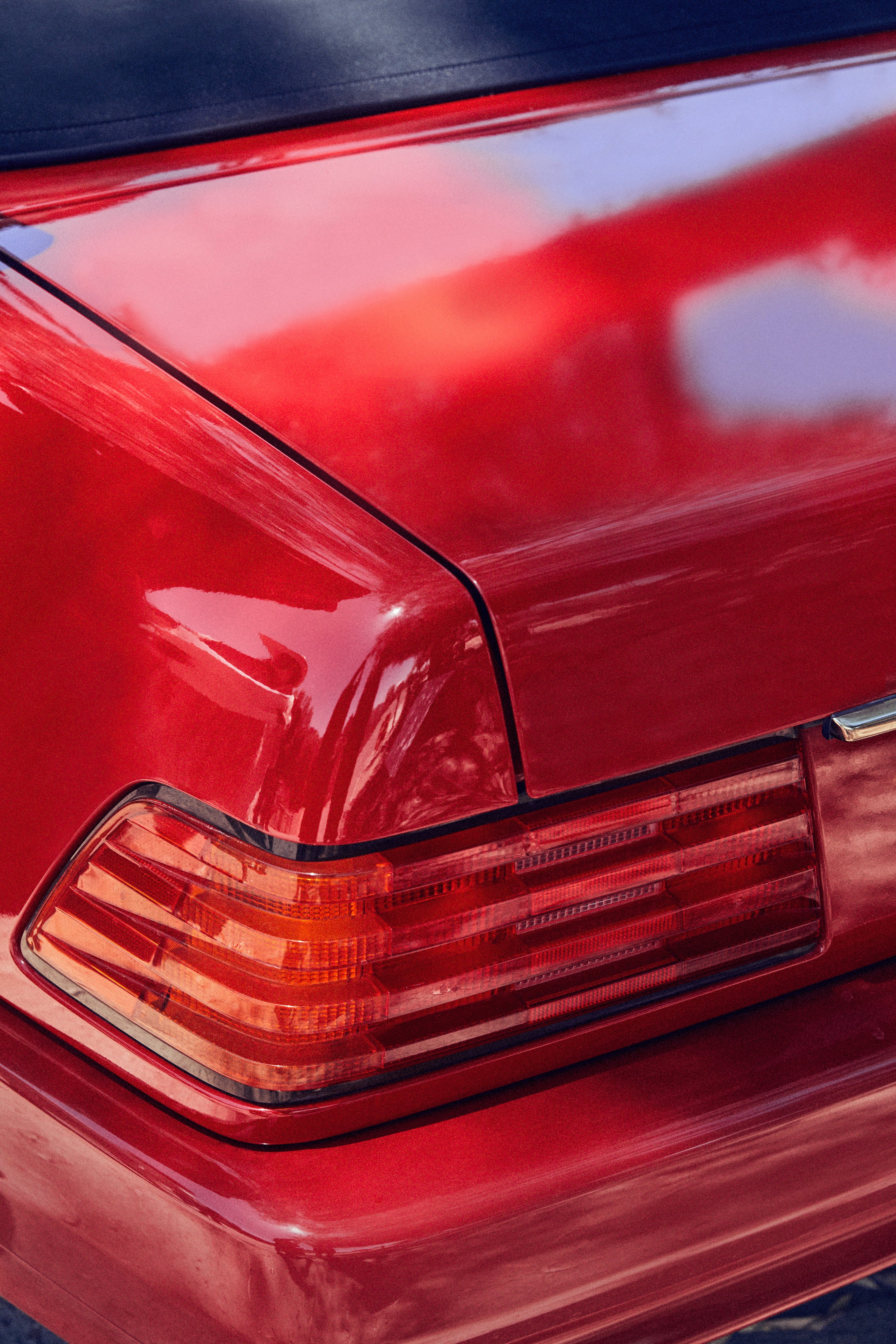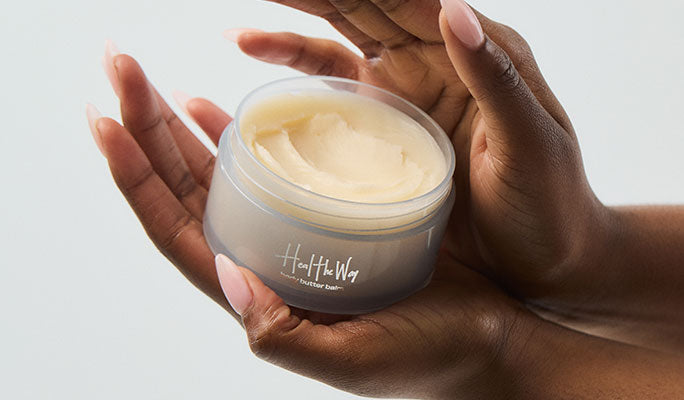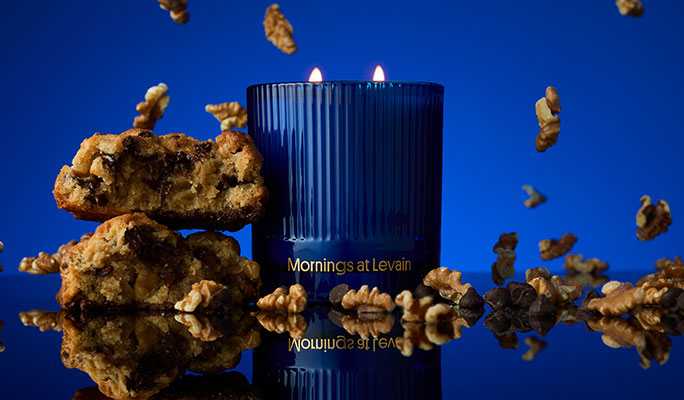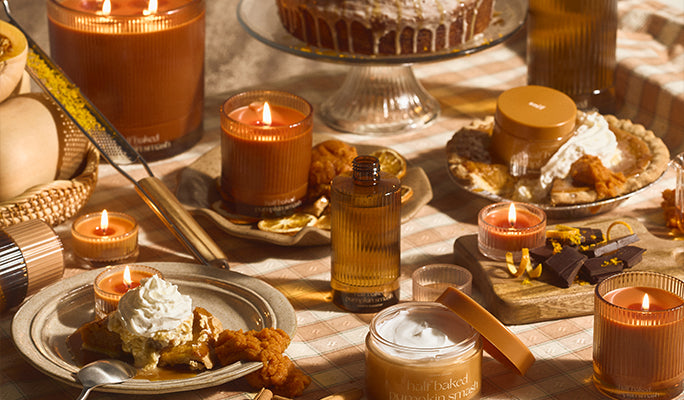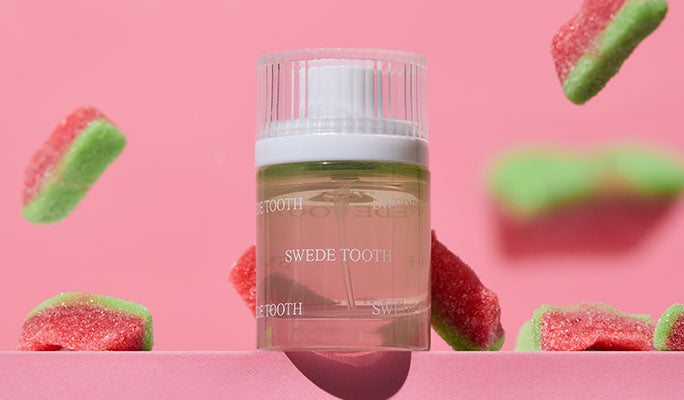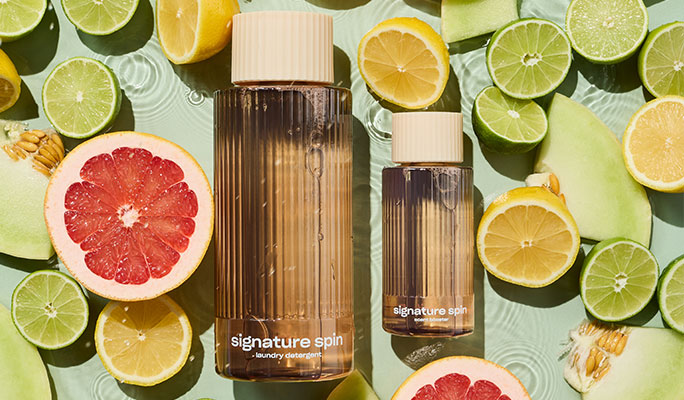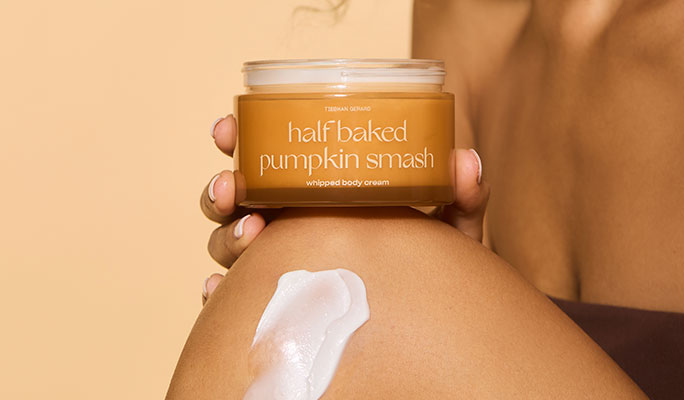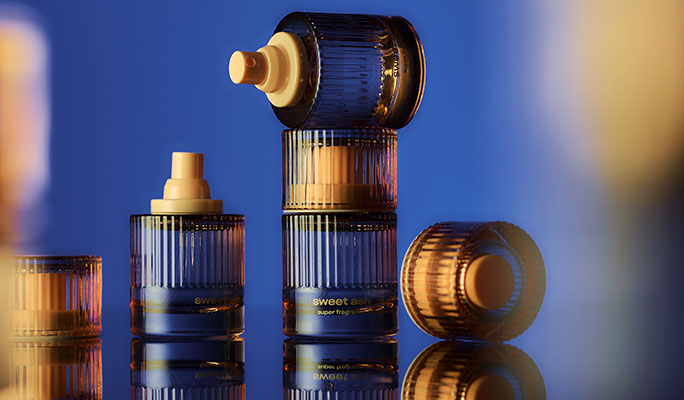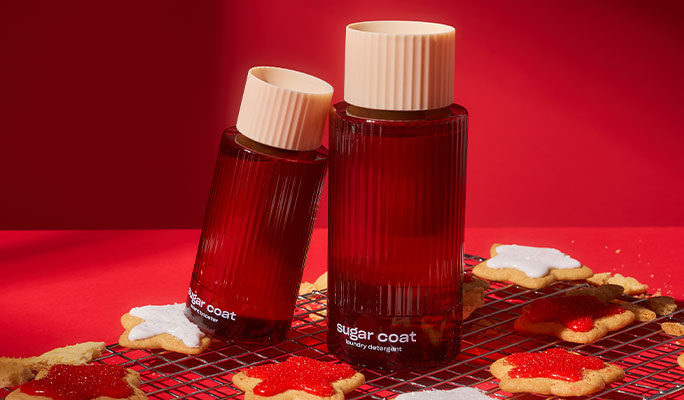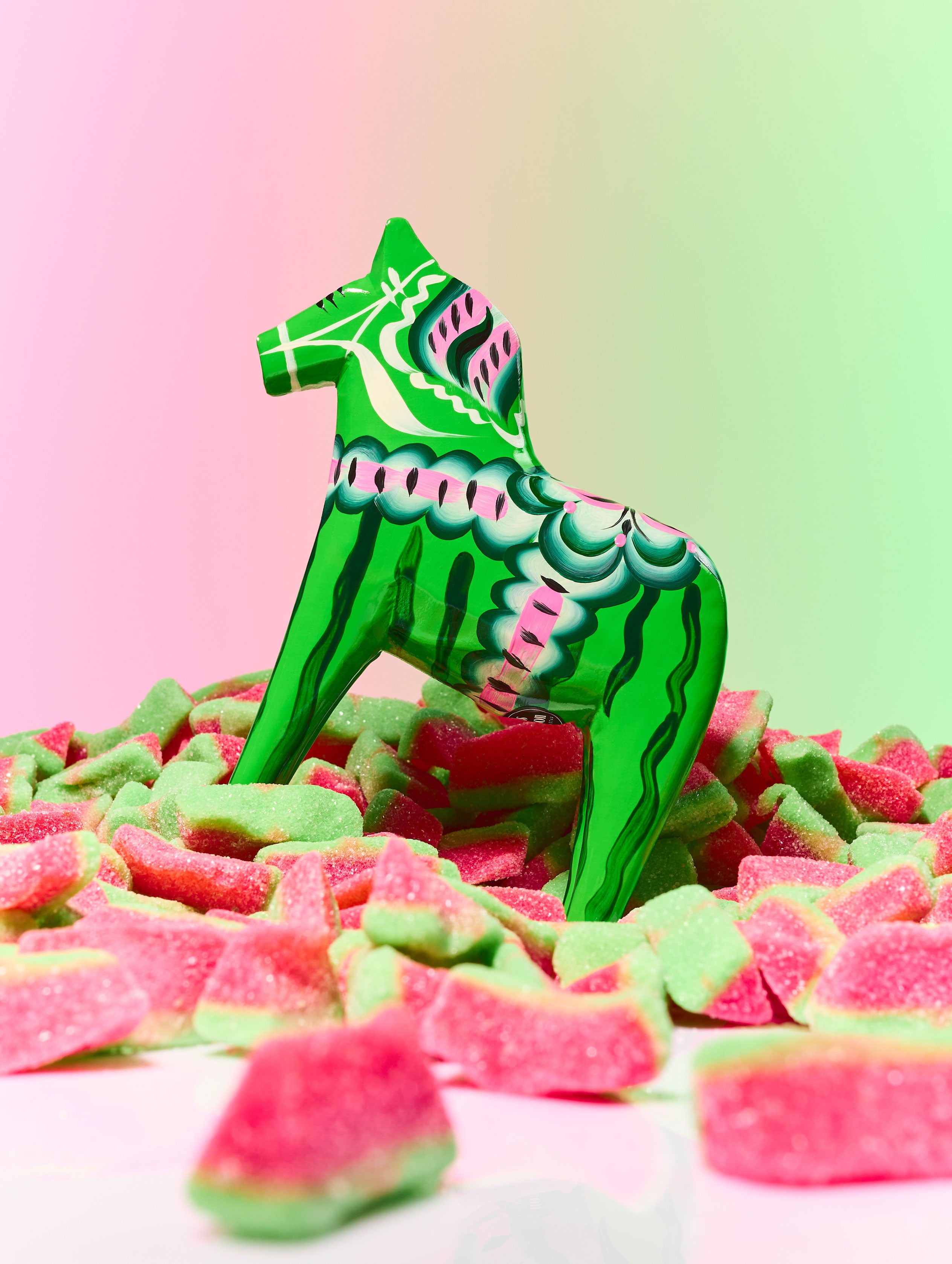Vanilla in perfume has evolved from a basic scent to a trending fragrance option.
Once considered basic, it’s now the backbone of some of the most well-loved and buzzed-about perfumes, trending hard on social media and making major waves in niche and luxury scent circles. Many of today’s best vanilla perfumes use the ingredient as a warm, sweet base note in gourmand fragrances.
So, what makes vanilla so irresistible in fragrance?
In this guide, we’re diving into vanilla’s journey from orchid to olfactory obsession. From its rich history and methods of extraction to why it smells like comfort in a bottle (and what scents it pairs best with), we’re breaking down everything you need to know about vanilla in perfume.
When Did Vanilla Become a Common Perfume Ingredient?
Vanilla’s journey into perfumery began in the 16th century when Spanish conquistadors introduced it to Europe after bringing it from Mesoamerica. Initially used as a flavoring agent, its sweet, warm aroma soon captivated European perfumers.
By the late 1800s, advancements in vanilla cultivation and extraction methods made the ingredient more accessible, leading to its use in luxury fragrances.
In recent years, vanilla has experienced a surge in popularity, particularly among younger generations. Social media platforms like TikTok have played a crucial role in reviving vanilla’s appeal.
Hashtags like #vanillafragrance have garnered millions of views, showcasing how vanilla’s comforting scent has resonated with a modern audience. This revival aligns with the broader trend of gourmand fragrances (scents that evoke the nostalgic pleasures of food, including vanilla, caramel, and chocolate).
Vanilla’s widespread draw in contemporary perfumery can be attributed to its versatility and emotional connection. Its ability to blend seamlessly with a variety of notes, from florals to woods, allows it to create complex and sophisticated compositions.
The warmth and familiarity of vanilla provide an emotional comfort that many consumers crave in their fragrance choices.
What Is the History of Vanilla?
Vanilla’s story begins long before it became a staple in dessert recipes and fine fragrances. Native to Mexico and Central America, vanilla was first cultivated by the Totonac people, who believed the orchid from which it comes was a divine gift.
When the Aztecs later conquered the Totonacs, they adopted vanilla and began using it to flavor their sacred cacao drinks. This early use already hinted at vanilla’s luxurious appeal.
Spanish conquistadors, including Hernán Cortés, encountered vanilla in the 16th century and brought it to Europe. Initially, it was used exclusively in food and drink, often mixed with chocolate. For centuries, vanilla remained an elite luxury, and it was difficult to grow outside of its native climate because of the orchid’s complex pollination process.
It wasn’t until the mid-1800s when Edmond Albius discovered a method to hand-pollinate the vanilla orchid, that commercial vanilla cultivation became viable in other tropical regions — most notably Madagascar, which is now the world's largest producer.
In perfumery, vanilla first appeared in the 19th century as synthetic alternatives such as vanillin (isolated from the vanilla bean in 1858)allowed perfumers to work with its scent affordably and reliably. Its rich, warm, and subtly spicy aroma offered an ideal base note in perfumes, helping to “anchor” more fleeting top and middle notes.
By the early 20th century, vanilla had become a star ingredient in iconic fragrances, cementing its place in olfactory history. Today, whether derived naturally or synthetically, vanilla is still a key player in perfumery thanks to its unique blend of sensuality, comfort, and nostalgia.
How Is Vanilla Fragrance Obtained?
Vanilla fragrance can be derived in several ways, depending on whether it's natural or synthetic.
Natural vanilla comes from the cured pods of the Vanilla planifolia orchid, a labor-intensive process that takes months from pollination to final extraction.
Once harvested, the beans undergo blanching, sweating, drying, and curing. Each step is essential in developing the complex, sweet, and creamy aroma we associate with vanilla. The final fragrance is typically extracted using a solvent like ethanol, which captures the aromatic compounds, resulting in a rich vanilla absolute or tincture used in luxury perfumery.
However, due to the high cost and limited availability of natural vanilla, most vanilla scents in perfumery come from synthetic alternatives. The most common is vanillin, the primary component responsible for vanilla’s signature scent.
Vanillin can be synthesized from guaiacol (a petrochemical derivative) or lignin, a natural compound found in wood pulp, making it more accessible and consistent than natural vanilla. Synthetic vanillin gives perfumers more flexibility and is widely used in everything from niche fragrances to mainstream hits.
Other vanilla-like ingredients used in perfumery include ethyl vanillin, which is even sweeter and more intense than vanillin, and heliotropin (or piperonal), which has a soft, powdery quality.
Ultimately, whether derived from nature or created in a lab, vanilla's adaptability makes it a staple in perfumery. Its ability to warm, soften, or sweeten a fragrance composition ensures its lasting appeal across a range of olfactory styles, from gourmand to woody to musky blends.
Why Is Vanilla in Perfume So Popular?
Vanilla's widespread popularity as a fragrance is due to its warm and sweet scent and its emotional and psychological appeal. The rich, warm, and comforting notes of vanilla evoke a sense of familiarity and pleasure, making it a staple in many people's fragrance preferences.
Nostalgia
One of the primary reasons vanilla is so beloved is its strong association with nostalgia. The scent has the power to transport us back to childhood memories, family gatherings, and comforting moments. Vanilla is often linked with soothing environments and cherished memories, creating a sense of warmth and security.
Psychologically, the fragrance triggers memories of safety and affection, which can evoke feelings of comfort and happiness. This emotional connection to vanilla makes it a go-to for those seeking a sense of emotional comfort in their perfume choices.
Baked Goods
Vanilla is also deeply tied to the scent of freshly baked goods, a universally loved aroma. The smell of vanilla combined with the warmth of baking creates an irresistible, inviting atmosphere.
Whether it’s the vanilla scent wafting from a kitchen during holiday baking or the sweetness of a vanilla cake at a celebration, the fragrance has the ability to trigger feelings of joy and indulgence.
This association with home-cooked treats and sweet pastries is ingrained in our minds from a young age, further reinforcing vanilla’s appeal as a comforting, delicious fragrance.
Sweetness
Vanilla is inherently sweet, and sweetness is universally appealing in scent. It taps into our natural preferences for sugary, pleasant fragrances that give off a sense of indulgence without being overwhelming. This sweetness is often described as creamy or powdery, making it both versatile and universally enjoyable.
Unlike some other intensely sweet notes, vanilla’s sweetness is balanced, warm, and soothing, making it accessible to a wide range of people. This quality is why vanilla often forms the base for many perfumes, grounding the compositions and providing an inviting scent profile.
What Scents Does Vanilla in Perfume Pair Well With?
Vanilla is an incredibly versatile scent that can complement a wide range of fragrance notes. Its warm, sweet, and comforting profile makes it a perfect base note or pairing ingredient in many perfumes.
In this section, let’s take a look at some of the scents vanilla pairs best with — and our favorite Snif fragrances that feature these iconic duos.
Tonka
Tonka adds a smooth, creamy texture with hints of almond and tobacco, which deepens vanilla’s comforting qualities, creating a rich and indulgent fragrance.
Crumb Couture, a croissant fragrance, blends tonka with toasted vanilla, wild berry jam, croissant accord, blackcurrant, and sandalwood for an ode to your favorite golden pastry.
Musk
Vanilla and musk are a classic combination, blending vanilla’s sweetness with the earthy, sensual qualities of musk.
Got a sweet spot for this combo? Vanilla Vice features ice cream accord, vanilla bean, jasmine sambac, amberwood, orcanox, and musk. This vanilla ice cream fragrance is the kind of fragrance you’ll melt for.
Woods
Woods, such as sandalwood or cedar, pair wonderfully with vanilla, adding an earthy, grounding element to the sweetness of vanilla. Vanilla and woods combine in Sweet Ash alongside juniper, bergamot, and fir balsam for a clean, lowkey sweet, and addictive scent.
Palo Santo
Known as “holy wood” in Spanish, palo santo has been used for thousands of years as a therapeutic remedy. It has a subtly woody scent with hints of citrus, mint, and licorice — and it’s a great pairing with vanilla.
Heal the Way features vanilla and palo santo alongside pistachio cream, davana, musk, and amber for a grounding, comforting gourmand scent.
Tried and True
Vanilla’s lasting popularity in perfume is a testament to its versatility and timeless appeal. Whether paired with tonka, musk, or woods, its warm, sweet, and comforting qualities create fragrances that are both intriguing and familiar.
From nostalgic notes to indulgent combinations, vanilla continues to be a beloved ingredient in the world of perfumery. Its ability to blend harmoniously with other scents ensures its place as a signature note in many iconic and contemporary fragrances.
Sources:
Why Are We All So Obsessed With Vanilla Perfumes? | Harper’s Bazaar
Vanilla Fragrance Is a Trend Again—Here's Why | Allure
Edmond Albius: the boy who revolutionised the vanilla industry | The Linnean Society
